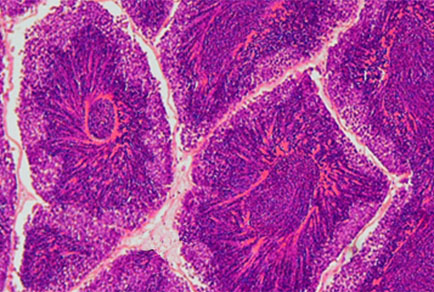Abstract
Pteria penguin were collected at Orpheus Island, north-eastern Queensland to observe sexual development, sex ratio and changes in morphometric relationships during growth. P. penguin are protandrous hermaphrodites, with all sexually mature oysters below 88.8 mm dorso-ventral height (DVH) being males. Evidence of male primary gonad development was seen in oysters with a DVH of ≥33.9 mm. Sexual maturity of males was first seen in oysters at ≥56.0 mm DVH, but was common in oysters at ≥70.0 mm DVH. Mean female size was 150.1 (±3.6) mm DVH, and mean male size was 111.3 (±2.2) mm DVH. In oysters <170 mm DVH, males outnumbered females. The female to male sex ratio in the population tended towards 1:1 with increasing size. Female to male sex ratio of oysters between 170-180 mm DVH was 1:1, and females outnumbered males in oysters >180 mm DVH. Significant linear correlations were found between anterior-posterior length of the shell (APL) and DVH (r2 = 0.97, p <0.001) and between shell thickness (ST) and DVH (r2 = 0.95, p <0.001), and a curvilinear relationship was recorded between adductor muscle weight (AW) and DVH (r2 = 0.93, p <0.001). These findings have industry applications for collection of juvenile stock, spawning induction procedures and determining optimal shell size for pearl nucleus implanting.

